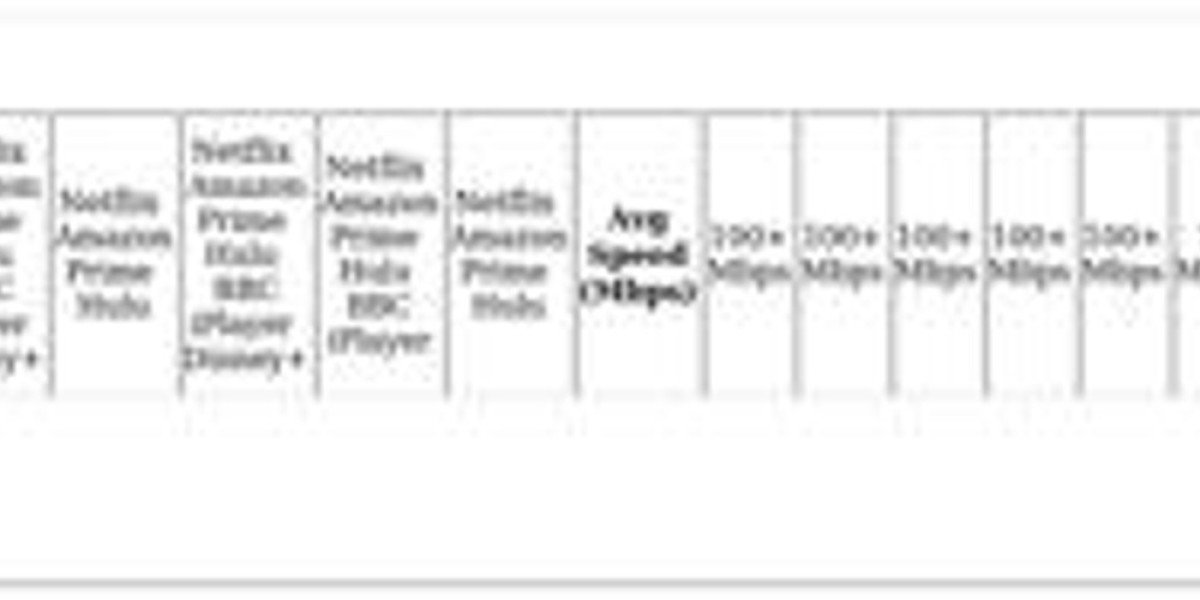The global Microwave Power-Beaming market continues to gain strong traction as aerospace agencies, defense organizations, and commercial space companies expand investments in wireless power transmission technologies. The market, valued at USD 682 million in 2024, is projected to reach USD 2.41 billion by 2032, registering an impressive CAGR of 17.3% during the forecast timeline. Its rapid rise is fueled by the growing adoption of space-based solar power, advancements in unmanned aerial vehicle energy systems, and the increasing need for efficient long-distance wireless power delivery.
The technology’s ability to transmit energy wirelessly across vast distances with minimal loss positions it as a transformative solution for future extraterrestrial infrastructure. As several nations accelerate lunar missions and long-endurance UAV operations, microwave power-beaming is emerging as a pivotal technology with substantial economic and strategic importance.
Get Sample Report of Microwave Power-Beaming Market @ https://marketintelo.com/request-sample/5031
Market Overview and Current Trends
The expansion of space-based solar power is one of the strongest drivers of the microwave power-beaming market. As global energy demands continue to surge and the world transitions to sustainable energy alternatives, SBSP technologies present an extraordinary opportunity to capture solar energy in orbit and beam it directly to Earth. This growing interest is pushing research efforts from both governmental and private sectors, accelerating commercialization pathways.
Alongside energy initiatives, defense applications are fueling demand. Long-range unmanned aerial vehicles are increasingly being designed for persistent flight capabilities. Wireless power-beaming makes it possible to recharge UAVs in mid-air, reducing operational costs and enabling uninterrupted surveillance missions. These factors are contributing significantly to the sector’s strong upward trajectory.
Get Sample Report of Microwave Power-Beaming Market @ https://marketintelo.com/request-sample/5031
Technology Advancements Supporting Market Growth
Recent advancements in phased-array antennas, high-frequency microwave modules, and rectenna systems are enhancing transmission efficiency to new levels. Modern prototypes can already achieve energy conversion efficiencies surpassing 60 percent, showcasing the technology’s growing viability for future power distribution. These developments are strengthening its feasibility for commercial deployment in terrestrial and space-based applications.
Microwave power-beaming is also being integrated into lunar and Martian infrastructure planning as part of long-term space exploration strategies. Future extraterrestrial bases are expected to rely on wireless power systems to operate habitats, communication centers, and rover fleets. These forward-looking initiatives further emphasize the expanding role of power-beaming technology in global space programs.
The participation of private space enterprises is accelerating innovation. Many commercial space companies are conducting experimental demonstrations of wireless power transfer, fostering competitive development and encouraging cross-sector collaborations that support technology maturation.
Key Market Segmentation Across Applications and Regions
The microwave power-beaming market is evolving across several high-impact application areas, including space-based solar power, unmanned aerial vehicle energy systems, deep-space missions, terrestrial distribution, and emergency support for compromised electrical grids. These applications are driven by the expanding use of wireless power for continuous energy availability, operational endurance, and infrastructural resilience.
End users span aerospace agencies, defense departments, renewable energy technology providers, and research institutions. Their increasing involvement is shaping the future technological landscape of the market, encouraging deeper exploration of wireless energy ecosystems.
The technology is also classified across several frequency bands such as X-band, Ku-band, S-band, and other specialized ranges. These segments support varying operational environments, ranging from orbital transmission to atmospheric energy beaming.
Regionally, North America continues to dominate the global market due to strong investments by NASA, the U.S. Department of Defense, and leading aerospace companies. The region’s strategic focus on space commercialization and defense modernization provides significant momentum. Europe is also expanding its market position through ESA-driven SBSP initiatives that support long-term energy security goals. Asia-Pacific remains the fastest-growing region, supported by large-scale SBSP programs in China and advanced space R&D initiatives in Japan. Latin America and the Middle East & Africa are gradually adopting microwave power-beaming technologies to enhance grid resilience and participate in emerging space collaborations.
Read Full Research Study: https://marketintelo.com/report/microwave-power-beaming-market
Key Drivers Shaping Market Expansion
A major factor driving market growth is the rising global interest in space-based solar power programs. As the demand for clean, renewable energy intensifies, microwave power-beaming technologies are becoming essential for harvesting and transmitting space-generated solar energy back to Earth.
The increasing need for persistent UAV operations in both defense and commercial sectors is another crucial driver. Wireless power-beaming ensures that UAVs can remain airborne for months without landing or refueling, transforming surveillance, communication, and logistics missions.
Government and military investments continue to rise as nations pursue advanced capabilities for space exploration, strategic energy resilience, and future warfare technologies. These funding commitments are accelerating prototype development and long-distance transmission testing.
Simultaneously, private-sector enthusiasm for wireless energy solutions is dramatically increasing. Startups and major aerospace corporations are exploring new applications and commercialization opportunities, further strengthening the competitive landscape.
Challenges and Emerging Opportunities
Despite the market’s strong growth trajectory, several challenges remain. Regulatory approval for high-power microwave transmission is complex, and concerns related to atmospheric interference and infrastructure setup persist. However, ongoing R&D initiatives are steadily addressing these issues, paving the way for broader adoption.
The market also presents significant opportunities as technological improvements reduce costs and expand potential use cases. Commercial energy distribution, disaster recovery operations, and energy delivery to remote regions are among the high-potential applications expected to reshape global energy accessibility.
Competitive Environment
The competitive landscape includes some of the world’s most prominent aerospace and defense companies. Major contributors to the market include Lockheed Martin Corporation, Mitsubishi Electric Corporation, Raytheon Technologies, Northrop Grumman, SpaceX, Nippon Telegraph and Telephone Corporation, and the China Academy of Space Technology. These organizations are investing in partnerships, prototype missions, and advanced wireless transmission research to strengthen their positions in the rapidly evolving market.
Conclusion
The global microwave power-beaming market is entering a transformative phase as innovation in wireless power transmission aligns with space exploration priorities, renewable energy goals, and defense modernization strategies. With a projected CAGR of 17.3 percent through 2032, microwave power-beaming is set to become an integral component of next-generation space infrastructure, resilient energy networks, and long-endurance aerospace technologies. Its growing significance underscores the market’s promising future and its long-term influence on global power systems.
Related Report







